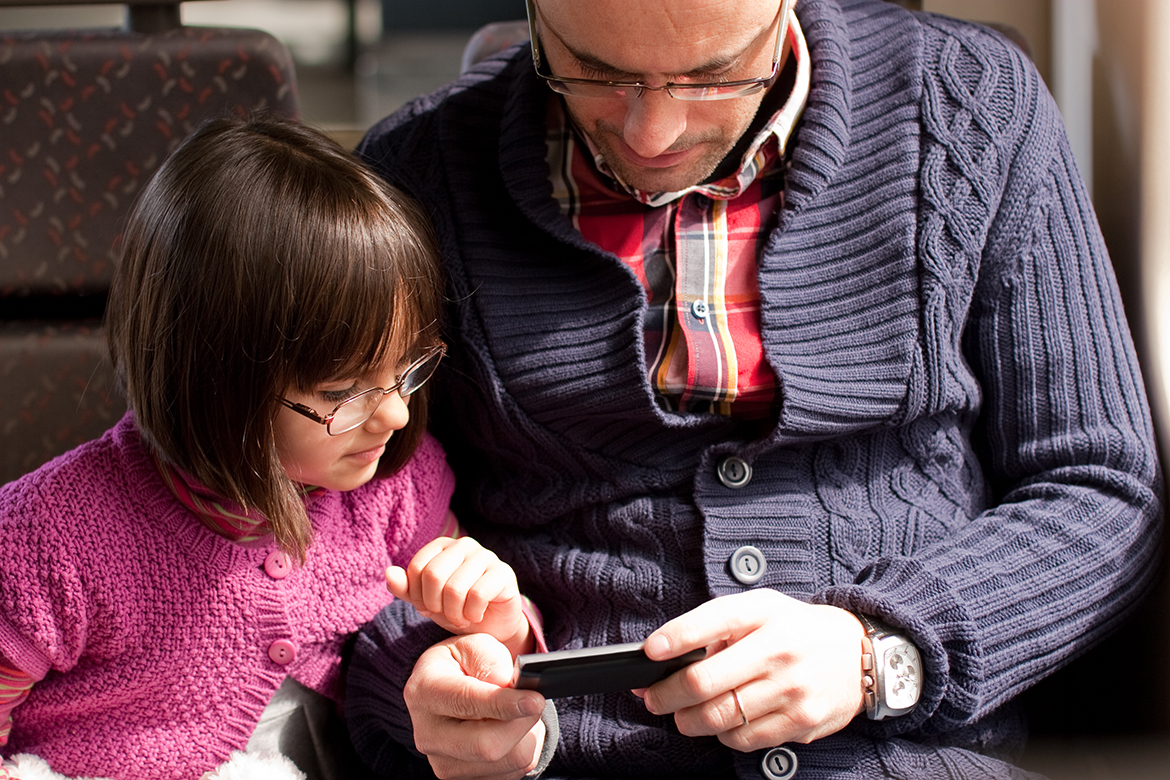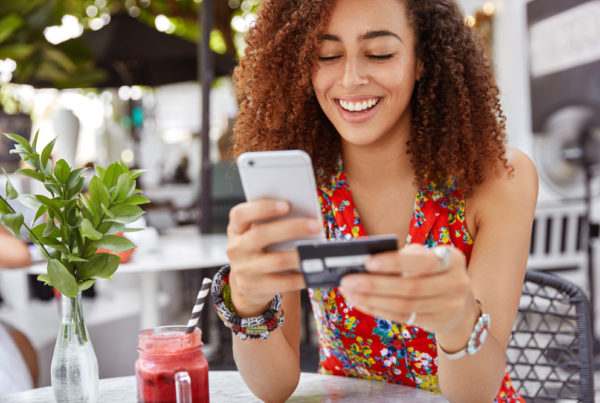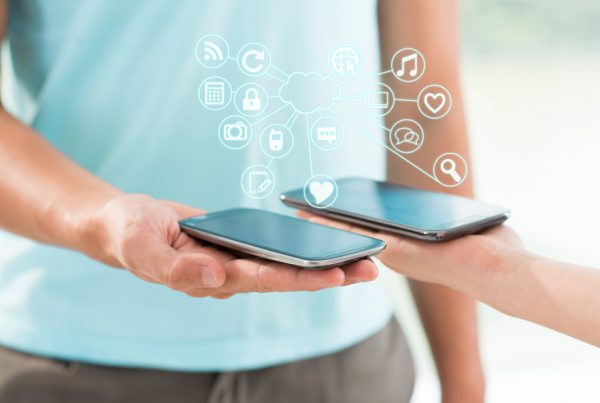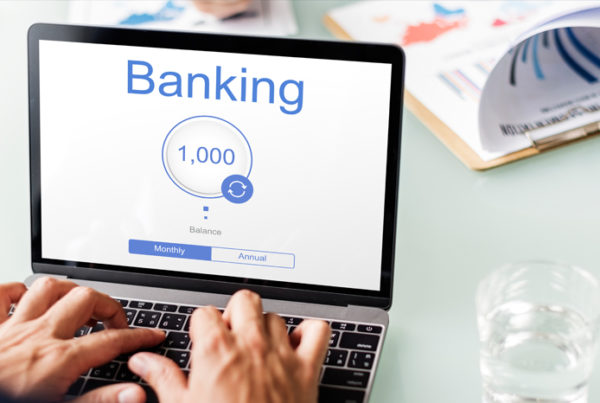There are two impulses in a human mind – one which says ‘DO’ and the other that says ‘DO NOT’. The mind weighs the good and the bad and uses an inbuilt scoring model which factors in one’s risk appetite to finally make a decision. Everything we do or do not gives rise to a parallel universe. When we do something that changes the way of life, we have caused a disruption. Not only is the immediate impact profound but it also gets attributed as a state in chaos theory giving birth to a chain of events that creates a new history. Spare a minute to think about what the world would be like if we hadn’t invented fire, wheels or for that matter a mobile phone.
When Graham Bell invented the telephone (s)he most certainly had not envisioned the universe as it is today, thanks to the mobile phone. That’s saying something given the visionary (s)he was. The mobile has compressed the camera, GPS, diary, CDs, CD players and many more such objects all into one compact form that fits in our pocket.
If I were to choose what are the most powerful tools that a mobile offers then I would have to say location, omnipresent internet followed by a camera. Mobile has changed the way we find places to go to, be it a restaurant or our favorite store and the way we navigate, to such an extent that now I just can’t get lost even when I try. Similarly, having a camera on your person has revolutionized life as we knew it. When I was a kid, my mom used to write letters to tell my grandparents when I took my first step, said my first words and describe every single milestone. Now I take a video of my little angel and WhatsApp it to my 70 year old parents. That’s how much life has changed in the last 15 years. RIP the payphone, the walkman, the bank branch. The bank branch?
While in college, I had to open an account in the bank branch at my campus so that I could keep all my cash there. I used to get a pay order every time I went home during semester breaks for my expenses… Yes I know I am ancient (sigh). Once back I would have to fill up a form, stand in queue to deposit the DD in my account and when I wanted to get money out … well fill up a form and stand in queue again. Further, I had something called a passbook which maintained a record of the exact amount in my account so I had to ensure it is kept up to date too. What it took to do that … voila … stand in queue again. This process of filling up a form and standing in queue used to repeat itself many times over since given my limited resources in terms of moolah, I wanted to ensure that the balance in my leather wallet didn’t spark a spending spree. So, what better than keep it all in the bank where it is safe? If my money ran out, dad had to wire money from my hometown and it took almost a week to reach me. The train journey to college took lesser time than that.
Well, all of us quadragenarians would remember many such nostalgic moments. However, the good old days are gone. The good new days are here.
The mobile has changed life for good for every possible rung of the pyramid. We have looked here at disruptions that the mobile triggered across the globe in the recent years.
Beyond banking the unbanked
The emerging economies have a lot to offer if one starts researching “mobile first” and “mobile only” initiatives that have been successful. mPesa is most probably the most famous example. With the limited financial infrastructure available in the country, Safaricom offered a person means to transfer money through his mobile phone. The offering was invaluable because it allowed transactions 24×7 and the recipient received the money instantly, something which the banks couldn’t offer at the time. However, all of us have read about the success of mPesa and analysis of why it succeeded. So I won’t harp on that. What I would like to draw your attention to would be the impact that this service has had beyond banking the unbanked.
I refer to a study published by the IRIS Centre, University of Maryland and funded by the Bill & Melinda Gates Foundation in July 2011 called ‘Water Delivery through Payment Platform – M-PESA Pushes the Rural Frontier’[1]. The IRIS centre conducted a study from April to June of 2010 in Katitika, Kenya. Katitika is one of many small villages in the Eastern Province of Kenya, almost four hours drive from Nairobi. The region is prone to poor rainfall and faced severe water shortage following the two year long draught ending in 2009. The water project, run by Grundfos Lifelink was the first of 40 such water projects in Kenya that provide clean, hygienic water in rural areas.
The project nicknamed maji ya compiuta or “Computer Walet” was launched in 2009 as a collaboration between mPesa and Grundfos. It allows villagers to put money in their water cards through an mPesa account. The owner of the account and the water card need not be the same thus allowing anyone to send what is termed “water money” through their mPesa account. Given the lack of electricity in the village in 2010, rare few had a mobile phone. However, the few that did recharged the water cards for the others in the village. Some of the benefits that the study outlines are as follows:
- Reduction in corruption: In many villages where cash was used instead of water cards, the water supervisors would charge a premium rate from villagers. Thus, mobile money made clean water affordable for a larger number of people and individuals could buy more water.
- Banking water money: Since the water money cannot be withdrawn or cashed out, loading the money into the cards implied that the money had to be used for buying clean water. This ensured that the villagers did not spend the cash that was meant for buying water on other expenses.
- Reduction in water borne disease: Given the increased access to safe and clean drinking water resulted in lower rates of water borne diseases.
This is just one example of how mobile money has changed life across Kenya. Beyond such social projects, mobile money often extends itself into the paradigm of micro financing allowing the poor to earn interest on their deposits or get loans when needed.
The mobile POS
Sometimes we narrow our definition of users to mean consumers only. We completely forget that there are many others such as merchants, the operations team running the system or the revenue assurance team trying to make money. When we remember these forgotten users, we find many unmet needs which are a breeding ground for disruption. In the payments world, the acquiring business had for years lived a mundane life with no one focusing on how they could turn things over their head till square came up with the mobile POS.
What the mobile POS offered was just two simple things
- Convert your mobile to a payment acceptance terminal
- Take your payment register along with you wherever your business goes
It’s not that the POS industry did not think of mobility. They did create a POS terminal that works on mobile data and can be carried around. What linking of a smart device like the mobile with the dongle did was that it created a one stop shop for the merchant whereby (s)he could accept payment and access various value added services all in one smart phone application. Let’s look at some of the examples of how mobile POS has made life easier for the user.
In multiple countries including Hong Kong and India, insurance service providers now allows instant issuance of insurance at the doorstep. The insurance agent is equipped with a tablet and a mobile POS dongle. Once the various options are presented and the customer selects the insurance (s)he would like to buy, the agent uses an application to fill up the customer details and takes pictures of all the documents required for processing the insurance. The customer’s presents his card and on successful payment, the insurance policy is activated in real time. A process which earlier used to take up anywhere between 5-8 working days now takes 10-15 minutes to complete. Further, by integrating with sales tools like salesforce.com, the application can provide real time data to the agent on his target, actual sales, %age of target achieved all in real time too. It also allows the agent to view all his transactions on a rich interface with support for visual tools such as graphs.
In another case, for an eCommerce vendor, the delivery partner is able to chalk out an optimum route for delivery and can navigate to the destination all through his mobile POS app which is integrated with the order management backend. It allows real time payments to be made to the merchant account as well as update the delivery status instantaneously.
While each of these could exist in isolation as separate applications on the mobile phone, the integrated mobile POS app creates an unparallel value proposition for the merchant and that is the power of mobile.
Remote Deposit Capture
Remote deposit capture or RDC was first introduced in 2003. While many countries have enabled interbank settlement of checks through RDC, a few have embraced it as a way for consumers to deposit their checks through their mobile banking application. Over time the number of checks that are submitted have reduced. However by leveraging the mobile camera, banks have made it truly convenient for consumers to get funds instantaneously by depositing a check in real time.
Biometrics and financial services
Since Apple Pay, biometric based authentication and authorization is gaining wide acceptance. There are many initiatives we see today which look to ride on biometrics for authenticating the user and in some cases for authorizing transactions. Not only has Apple Pay triggered inclusion of biometric sensors and software in other mobile phones, but it has also triggered a change is strategy where more and more financial institutions are considering biometric as a reliable means to authenticate the user.
There are multiple ways in which financial service providers are looking to leverage biometrics. From facial recognition software for mobile phones, retina scanning, voice biometric to linking point of sale terminals to biometric readers, we will definitely see higher adoption in the coming years.
Contextual Interactions
Every customer is unique. Gone are the days where customers used to belong to segments. For any product offering today, the segment size is one. The parameters to segment have gone beyond demography by multitudes – location, basket of goods, RFM analysis, social profile, channel analytics, websites visited, yada yada yada. Data scientists are the flavor of the day as businesses are trying to translate the complex human decision making to an algorithm than can tell them what to sell to whom and when. Mobile has allowed businesses to create a customized experience for each customer.
PayPal has leveraged BLE to provide such an experience for their merchants as well as customers. When a PayPal customer walks into a partner merchant store, the beacon detects the location and automatically checks the customer into the store. Once checked in, PayPal allows the customer to make a hands free payment. They do this by pushing the customer profile which includes a picture on the POS for the merchant to map a bill to the customer. That’s it. The customer just picks up what (s)he wants and walks away, the merchant doesn’t need to swipe a card and spends the minutes saved on serving another customer.
In Conclusion
What I have covered above is just a few cases of how the mobile phone has changed the way people interact with financial service providers and how they consume financial services. There are many more such innovations which are in the works right now.
I started this article by looking at a personal experience from my past and I will end with predicting a possible (not probable) experience that I foresee in my future.
My daughter who goes to college in another country wants to go for an expedition with friends. I’m driving my car when she makes a call asking for money. I answer using my car control. My mobile OS which is monitoring the call detects a keyword – send money – and prompts ‘Srinivas, would you like to send money to Sravya?’ I say ‘Yes’ and it redirects me to my banking app where the payee details are already pre-populated to the caller’s identity i.e. my daughter’s account details and the amount as requested by her during the call. The application requests authorization, I speak my password which the bank validates along with a voice biometric authentication and transfers the money to my daughter in real time. And all this while along with the voice commands, I am busy cautioning my daughter on how she should carry warm clothes and ensure that she calls me every day to let me know where she is and that she should carry a first aid kit just in case.
We are building our future today.






